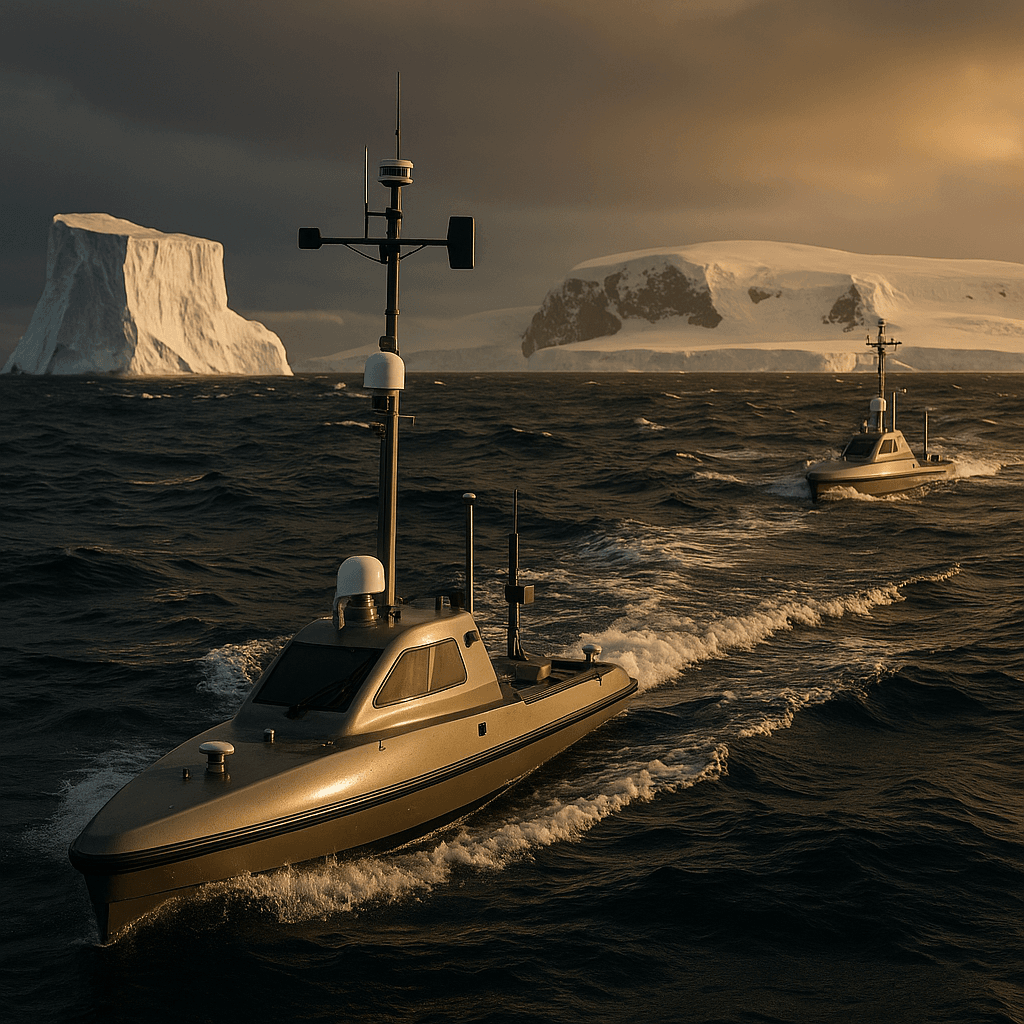Google co-founder Eric Schmidt is betting $45 million that autonomous boats can crack one of climate science's biggest puzzles. His Schmidt Sciences foundation just announced funding for a five-year project deploying four uncrewed surface vessels into Antarctica's treacherous Southern Ocean - the planet's most important carbon sink that scientists barely understand despite it absorbing 40% of all ocean-based CO2.
Former Google CEO Eric Schmidt is stepping into climate science's most dangerous waters - literally. His Schmidt Sciences foundation just committed $45 million to send autonomous boat drones into the Southern Ocean around Antarctica, targeting what scientists call the planet's most crucial yet mysterious carbon sink.
The announcement comes as the Trump administration prepares to slash federal research budgets by up to 57%, making private funding increasingly vital for ambitious climate projects. Schmidt's timing couldn't be more critical - or more strategic.
"The ocean provides this really critical climate regulation service to all of us, and yet we don't understand it as well as we could," Galen McKinley, environmental sciences professor at Columbia University and project lead, told WIRED. The Southern Ocean absorbs about 40% of all ocean-based carbon dioxide despite being just the second smallest of the world's five oceans.
But here's the kicker - climate models that work everywhere else completely break down when predicting Southern Ocean behavior. Scientists have been flying blind in waters that handle a third of humanity's CO2 emissions.
The problem isn't just scientific curiosity. It's logistical hell. The Drake Passage between South America and Antarctica ranks among Earth's most violent stretches of ocean. Commercial ships avoid it when possible, creating massive data gaps in the world's most important carbon sink. Winter conditions make traditional research nearly impossible.
"The Southern Ocean is really far away, so we just haven't done a lot of science there," McKinley explains. "It is a very big ocean, and it is this dramatic and scary place to go."
That's where Schmidt's tech background shows. Instead of risking human crews, the project deploys four uncrewed surface vessels (USVs) that can operate continuously for five years, including brutal Antarctic winters. These aren't simple data buoys - they're sophisticated platforms using machine learning to optimize routes and maximize data collection.
The drones will measure partial pressure of CO2 in water with unprecedented precision, giving scientists their first comprehensive view of how the Southern Ocean actually absorbs carbon. All data becomes public, creating a resource for the global research community.












